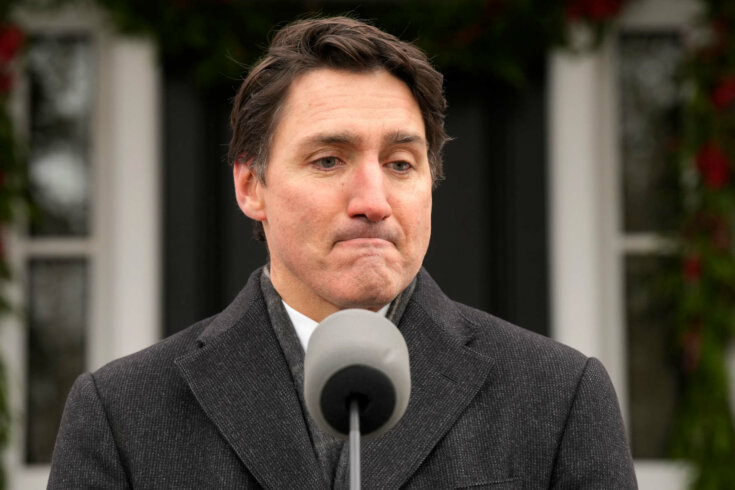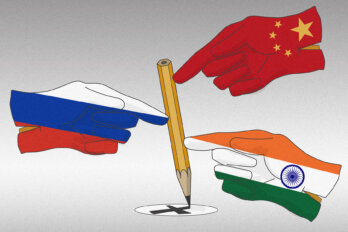Prime Minister Justin Trudeau had no choice. Even without factoring in the multiple revolts in his caucus and the shock resignation of his finance minister just before the Christmas break, his departure as leader of the Liberal Party was the absolute first step of many on the long road to restoring the party’s respectability in the eyes of many voters across the country.
The numbers have been telling us this story over and over for nearly sixteen months. Everyone could see it, except Trudeau himself. And he finally gave in this week.
Are Canadian voters satisfied with Trudeau’s departure? In the hours following his announcement, Toronto-based Pallas Data conducted a brand-new poll on the subject. Respondents were asked “How satisfied are you with Justin Trudeau’s decision to step down as Prime Minister and Leader of the Liberal Party of Canada?” The results were unequivocal: 59 percent of respondents said they were satisfied with the decision, compared to just 19 percent who were dissatisfied. No contest whatsoever: it’s a three-to-one ratio.
The regional and demographic breakdown of the results shows a rare uniformity. Majorities of respondents in every polling region as well as in every age group expressed satisfaction with Trudeau’s announced departure. Even in Quebec, where the Liberals have won the most votes and more seats than their opponents in the past three elections, 63 percent of respondents are satisfied, compared to 16 percent who are dissatisfied. In Ontario, where half the current Liberal caucus was elected in 2021, 55 percent expressed satisfaction, against only 20 percent who are dissatisfied.
When we break down the results according to voting intentions, we see that the announcement is greeted positively even by Liberal voters (or what’s left of the party base): 47 percent of those who support the party in this poll express satisfaction with the prime minister’s announced departure, as opposed to 32 percent who are dissatisfied.
Voters who support the opposition parties have welcomed the move. Among Conservatives, 73 percent are satisfied with the departure of the man who has been the target of the Conservative Party’s ongoing campaign since Pierre Poilievre took over the reins. Bloc Québécois voters are satisfied with Trudeau’s departure, at a ratio of five to one. The figures are more moderate among New Democratic Party voters, but still unequivocal: 47 percent satisfied, 19 percent dissatisfied.
In mid-July 2023, the 338Canada projection had the Liberal Party neck and neck with Poilievre’s Conservatives: 139 seats apiece in the projection, which would almost certainly have produced (another) minority Parliament had an election been held at the time. However, by the end of August 2023, the numbers already placed the Conservatives in majority territory and the Liberals far behind.
But the Liberals have “the luxury of time,” some reminded us then, and rightly so. However, the “luxury of time” in politics can be a double-edged sword: time to mend fences, certainly, but also time to smash whatever dishes are left in the kitchen. The latter happened.
The most recent 338Canada federal update measures Conservative support at 45 percent on average—more than twenty points ahead of support for the Liberals. In the seat projection, the Conservatives have risen above the 230-seat mark, far beyond the 170 needed for a majority in the House of Commons. (If this seat harvest were to materialize, it would be the largest caucus in the country’s history.) As for the Liberals, the projection puts the party in a tough battle with the Bloc Québécois for the spot of official opposition. Should we remind readers that the Bloc puts forth candidates only in Quebec’s seventy-eight seats?
Will the Liberal Party be able to recover now that its unpopular leader has jumped ship? Opinions differ. But these recent figures from Pallas Data suggest that Trudeau’s departure could potentially give the party some signs of life, however modest.
Let’s be clear, though: there’s no current data pointing to a Liberal comeback to the point of being able to reverse the heavy trend in favour of the Conservative Party. Nevertheless, a scenario in which the party suffers a normal defeat instead of a historic thrashing is now plausible. Of course, it all depends on who takes the helm of the party when it returns to the House in the spring.





